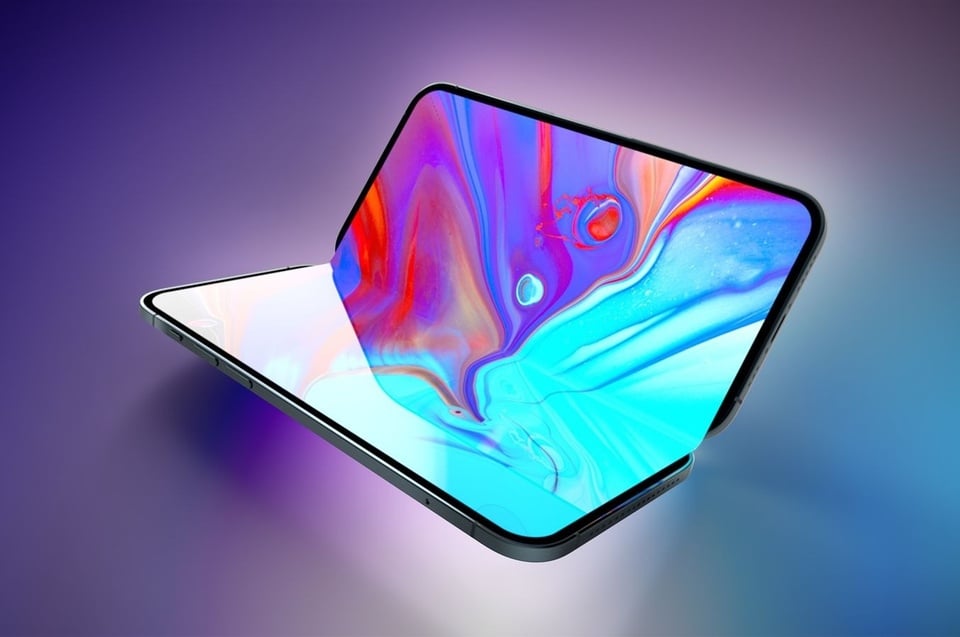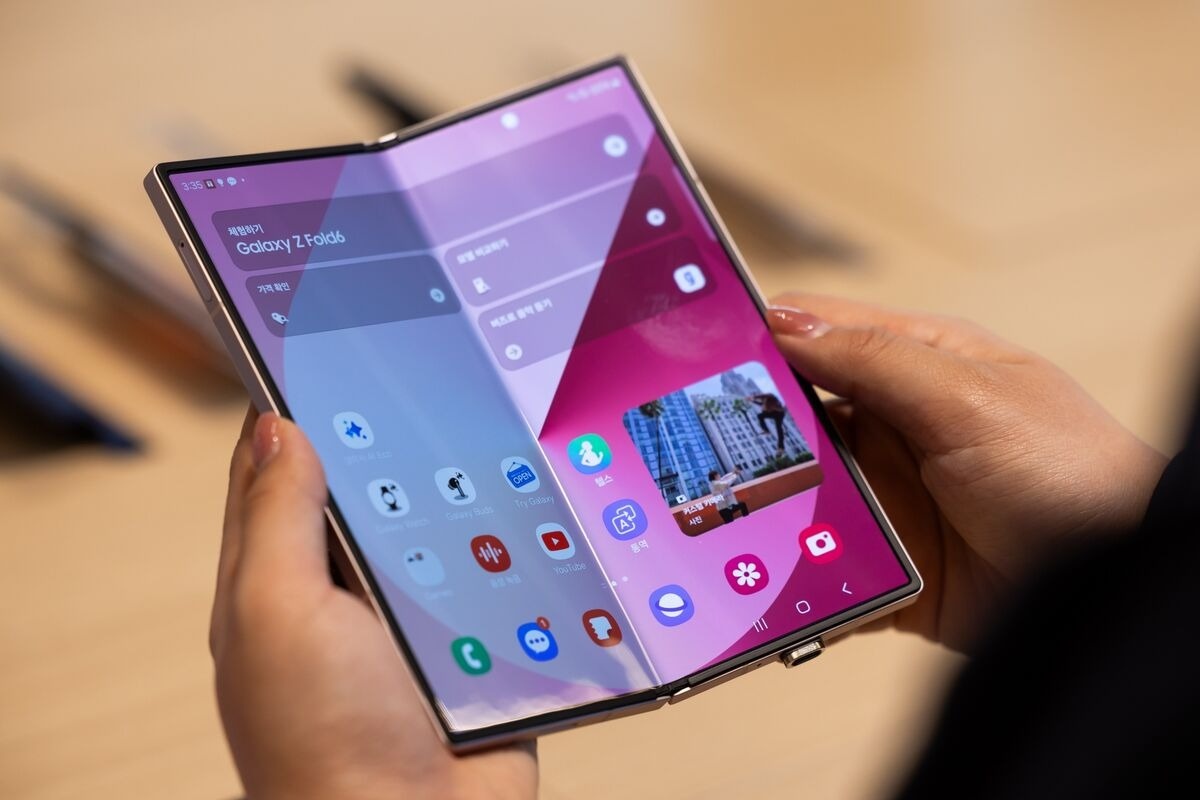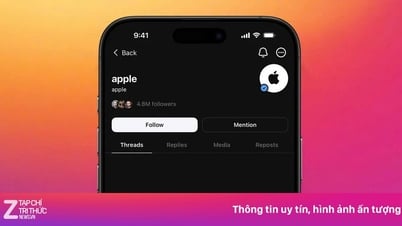 |
Illustration of a foldable iPhone. Photo: MacRumors . |
DigiTimes, citing supply chain sources, reported that Apple is indeed developing a foldable iPhone. The device entered the first prototype development stage (Prototype 1 - P1) in mid-June.
If all goes according to plan, the product could complete the prototype testing phase by the end of 2025, moving into the EVT (Engineering Validation Testing) process, paving the way for a possible launch by the end of 2026.
The development process of the foldable iPhone
Rumors of a foldable iPhone have been circulating for years, though no concrete progress has been made. While many Android manufacturers have been releasing foldable smartphones, Apple has remained relatively quiet.
Industry sources estimate the company has been developing the foldable iPhone for more than five years, going through more than 10 different designs.
Apple typically has a multi-year product development process, with some products being scrapped at the end if they don’t meet internal standards. That’s true of the foldable iPhone, where the company has taken a cautious approach, with each stage being considered temporary.
According to rumors, the foldable iPhone is in the P1 stage. According to Apple's process, the device needs to pass the P2 and P3 stages before moving on to EVT.
Each prototype development phase typically takes about two months, during which supply chain partners test the device’s functionality before handing it over to Foxconn and Pegatron, which are responsible for assessing its suitability for mass production.
 |
Users experience iPhone at Apple store. Photo: Bloomberg . |
Apple is still following the traditional development process for the foldable iPhone. That means that after P1 to P3, the device will go through the EVT process, followed by DVT (Design Validation Testing) and MP (Mass Production).
For example, the iPhone 17 series completed the EVT phase in the second quarter of this year, ready for the final stages before its launch in the fall.
Sources said Apple was also researching a foldable iPad but has temporarily halted development. Industry experts say this is due to difficulties in production, increased costs and insufficient user demand.
Previously, the foldable iPad was rumored to have an 18.8-20.2 inch screen, using an OLED panel and a crease-free design. Initially, the product was expected to launch in 2026-2028, but the suspension of development may make users wait longer.
Apple's Big Ambitions
For the foldable iPhone, DigiTimes predicts initial production of the device will reach 7 million units, although Apple may adjust depending on market developments.
The arrival of the foldable iPhone comes as the foldable smartphone market shows signs of slowing down. Samsung, the dominant name in the segment, is expected to ship 8 million foldable devices in 2024, down from its peak in 2021 (11-12 million units).
Next, Huawei still ranks second globally in terms of foldable smartphone market share, despite increasing competitive pressure and somewhat waning user interest.
According to DigiTimes , global foldable smartphone sales will hit a record in 2023 (21.2 million units), but decline by 11.3% in 2024 (to 18.8 million units). This year, the market may recover slightly with an increase of 3.7% (19.5 million units).
Meanwhile, the smartphone market in general is on the decline, with sales falling from 1.317 billion units (2021) to 1.193 billion units (2024).
 |
Samsung Galaxy Z Fold6. Photo: Bloomberg . |
Apple and Samsung both saw sales decline over the same period, but the latter maintained its market share. In the three years from 2021 to 2024, Apple's market share increased slightly from 18.2% to 18.3%, while Samsung's decreased from 20.6% to 18.8%.
Chinese brands such as Xiaomi, Transsion, Honor, Huawei and Lenovo all saw market share increase, contributing to "breathing heat" on Samsung.
Before launching a foldable smartphone, Apple is expected to launch the ultra-thin iPhone 17 later this year, hoping to revive the market. However, the dismal sales of the Galaxy S25 Edge show that the demand for ultra-thin phones is still a big challenge.
With Samsung planning to reduce its foldable smartphone sales target for 2025, this also raises questions about Apple's foldable iPhone ambitions.
Source: https://znews.vn/khi-nao-iphone-gap-ra-mat-post1565720.html
































































































Comment (0)